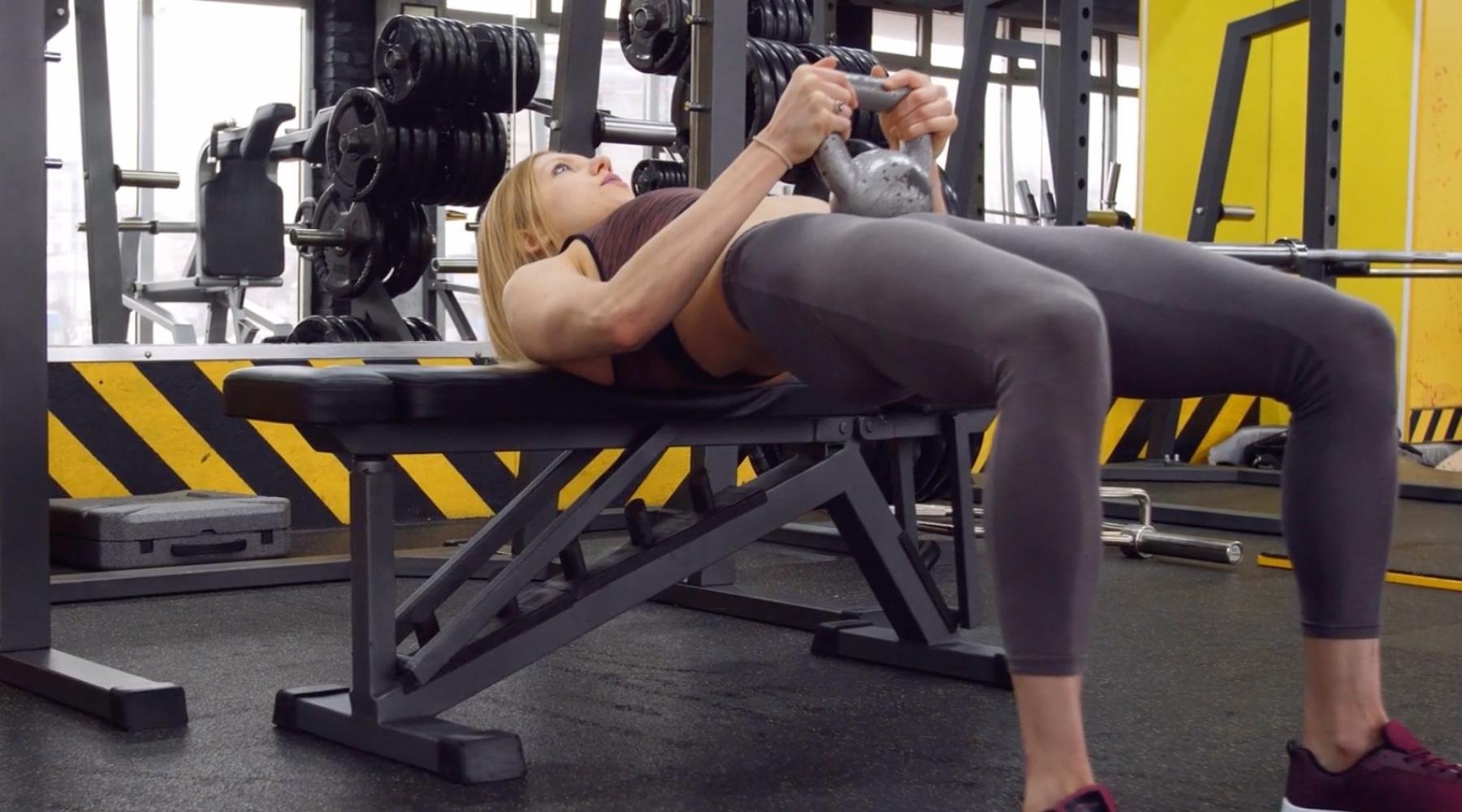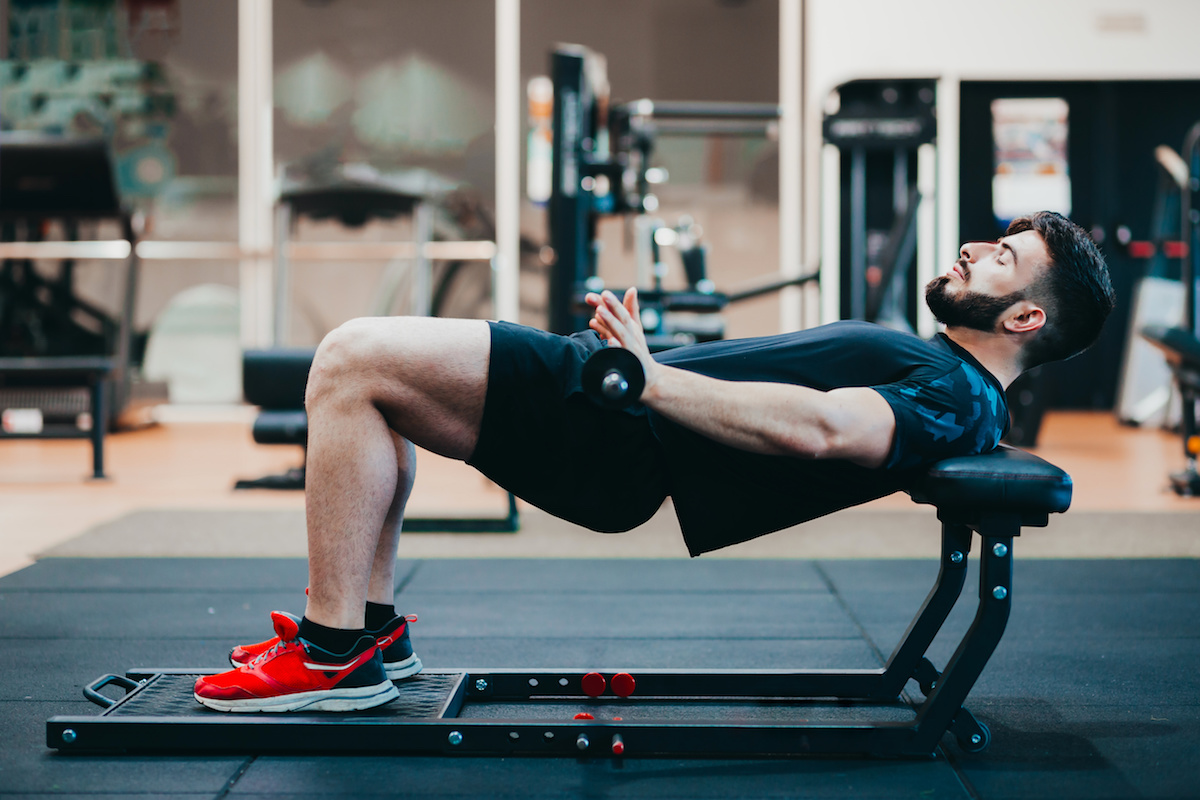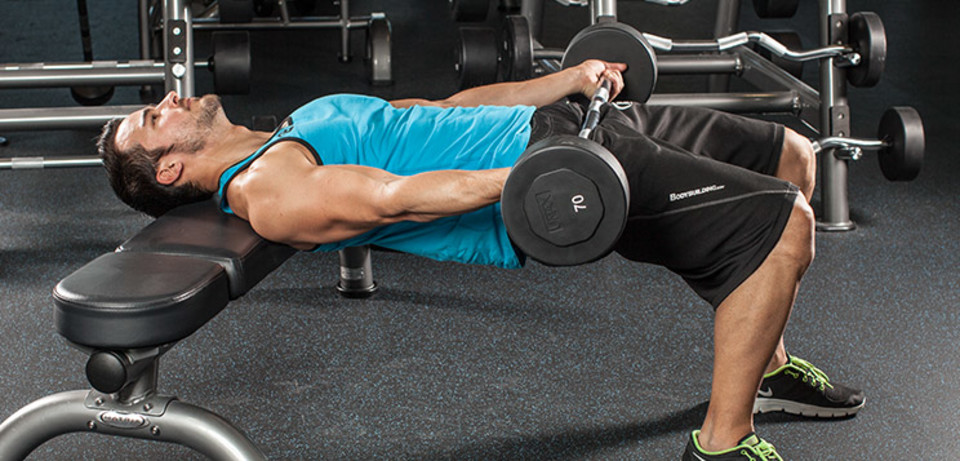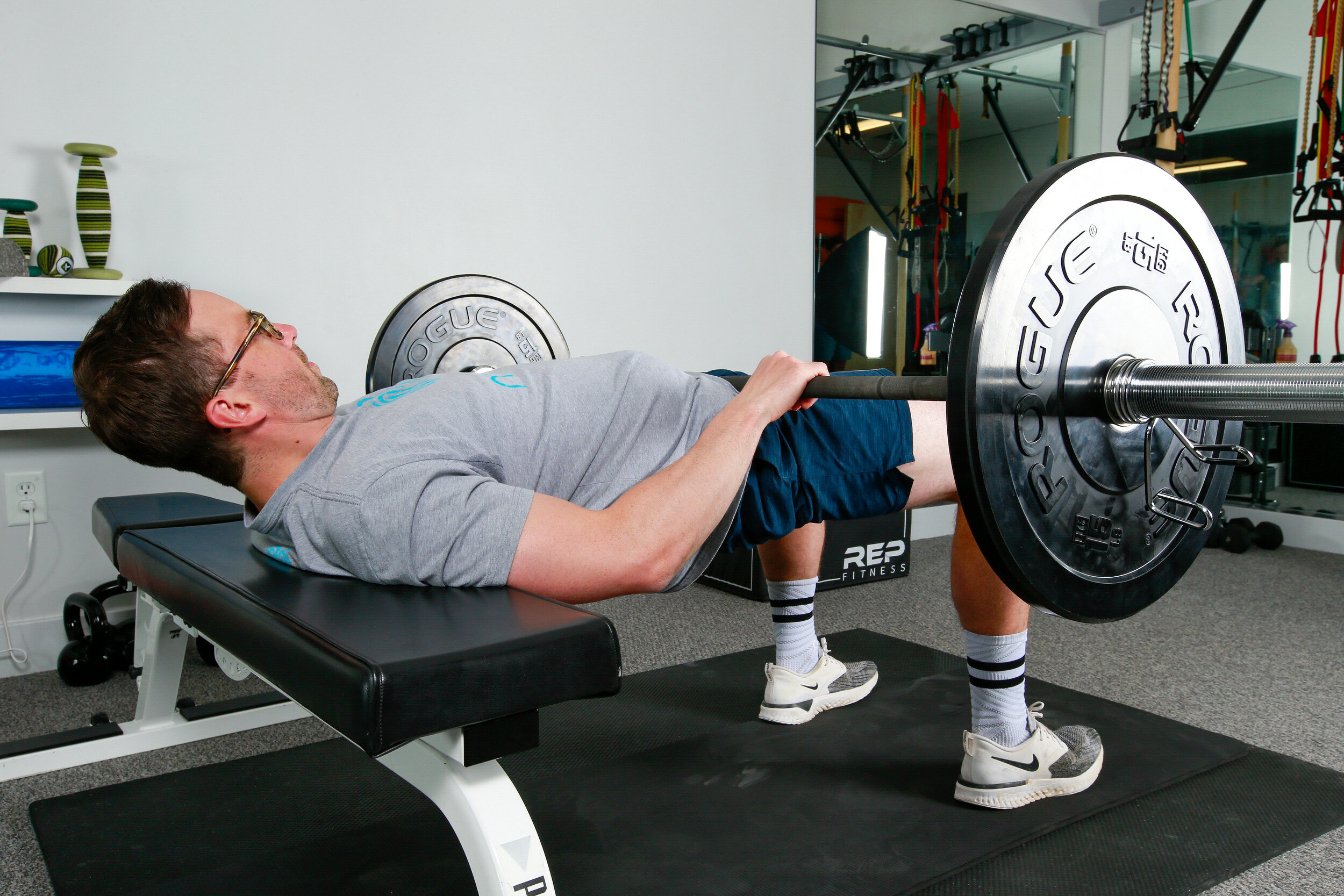Why Do I Feel Hip Thrust in My Quads? Understanding and Mastering the Perfect Hip Thrust
The hip thrust is a popular exercise aimed at strengthening the glute muscles. However, many individuals often ask, why do I feel hip thrust in my quads? Experiencing tension in the quads during a hip thrust can be frustrating, especially when you're targeting your glutes! This comprehensive guide will cover everything you need to know about mastering the perfect hip thrust so you can feel it where you should - in your glutes.

Understanding the Hip Thrust
Before diving into solutions, lets understand what a hip thrust is and why its an effective workout for your glutes. The hip thrust is a strength-building exercise primarily designed to work the gluteus maximus, the bodys largest muscle. By performing the hip thrust properly, not only do you enhance your glute muscles, but you also engage your hamstrings and lower back, making it a crucial move for overall lower body strength and stability.

Common Reasons You Feel Hip Thrust in Your Quads
Incorrect Form and Technique
The primary reason why many might feel the hip thrust in their quads is due to incorrect form and technique. When your form is off, other muscle groups step in to compensate, and the quads are often the first to take on that extra burden. Ensuring correct posture and movement is crucial. Your upper back should be rested on a bench while your feet remain flat on the floor, directly under your knees. Engage your core and pelvic muscles to lift your hips, and focus on squeezing your glutes as you reach the top.
Foot Placement
Foot placement plays a significant role in targeting the correct muscles. If your feet are positioned too close to your body, it may overly engage your quads. On the other hand, placing your feet too far away can strain your hamstrings. The ideal position is for your knees and ankles to form a 90-degree angle when you are at the top of the thrust. Experiment with slight adjustments to find the sweet spot that isolates your glutes effectively.
Muscle Dominance
Muscle dominance can also impact where you feel the exercise. Individuals with quad-dominant muscle groups may find it difficult to isolate their glutes. This is often due to imbalances caused by previous training regimes focusing more on the quads than the glutes. By incorporating additional glute activation exercises into your routine, you can better target and strengthen these critical muscles over time.

How to Effectively Isolate Your Glutes During Hip Thrusts
Warm-up and Activation Exercises
Its crucial to include warm-up and glute activation exercises to ensure your muscles are prepped and primed for the thrust movement. Exercises like glute bridges, clamshells, and band side steps are excellent choices. By 'waking up' your glutes before performing hip thrusts, you are more likely to feel the exercise target the intended muscles.
Correct Foot Position
Consistently check and adjust your foot position. The aim is to form a 90-degree angle between your knees and ankles. If you feel tension in your quads, try moving your feet slightly forward. If you feel it more in your hamstrings, move your feet back towards your body. Finding the correct positioning might require some trial and error, but it is essential for an effective workout.
Use Proper Equipment
Using the appropriate equipment can significantly affect your exercise efficiency. For hip thrusts, ensure you have a sturdy bench that won't tip over. These good quality knives and a durable cutting board might not be directly involved in hip thrusts, but having a clean and organized space encourages a comprehensive fitness regime.
Flex Your Glutes
A major part of correctly doing the hip thrust is focusing on the glutes. Instead of just thrusting your hips upward, focus on squeezing your buttocks. Flexing your glutes as you lift your hips can help shift the muscle activation from your quads to your glutes. This mind-muscle connection is vital in making sure your glutes are doing the work.

Additional Tips for Effective Glute Engagement
Here are some extra tips to make sure you effectively target your glutes during the hip thrust exercise.
Utilize Resistance Bands
Using a resistance band around your thighs can provide extra tension, ensuring your muscles work harder. Adding this simple tool to your workout can significantly increase your glute activation. By resisting the bands pull as you thrust up, you create more tension in your glutes, making them the primary muscle in play during the exercise.
Slow Down Your Reps
Quick thrusts may not be as effective in targeting specific muscles. Slowing down the reps can ensure a better focus on glute activation, giving you a more efficient workout. Take your time to squeeze your glutes at the top of the movement and slowly lower back to the starting position.
Vary Your Workouts
Including other glute-focused exercises in your routine can also help balance muscle engagement. Exercises such as squats, lunges, and deadlifts ensure that your glutes are consistently worked and stressed, encouraging muscle growth and strength over time.
Conclusion
Understanding the reasons behind why you're feeling hip thrusts in your quads is essential for making the necessary adjustments to your form and technique. With a bit of patience and practice, you can shift the focus to your glutes where it rightfully belongs. Begin incorporating these tips and adjustments, and youll soon conquer the hip thrust exercise, making your glutes stronger and more defined.
Ingredients
- Air fryer
- Good Quality Knives
- Cutting board
For more information on maintaining your workout equipment, check out these links: Stainless Steel Cleaner and Cutting Board Conditioner.
As an Amazon Associate, I earn from qualifying purchases.

